
If you’re looking for the laid-back island lifestyle, then French Polynesia is the place for you. With lush green peaks and infinite shades of blue water, it’s the true definition of paradise. It’s more spectacular than you could ever imagine!
You can spend your time island hopping, hiking, exploring volcanos, discovering the sea life or relaxing on the white sandy beaches. Ready to sit back and unwind?
Here’s the best time to go to French Polynesia!
January to April
The beginning of the year means that the wet season has begun. You will most likely find warm weather with averages in the high 70’s to mid-80’s. It averages about 12 inches of rain per month during the rainy season, but this means emptier hotels and fewer tourists. If you can handle the rain, you’ll have the islands to yourself.
During the Chinese New Year, you might come across some parades, music, and dancing as well.
May to June
In May and June, you will see a drop in the humidity and rain which means sunshine! In fact, in May, the Papenoo region of Tahiti holds the Matari’i Raro, a festival that celebrates the beginning of the dry season. However, not many people know that this is when things begin to lighten up, so the crowds are still pretty quiet.
May and June are two of the best months to visit when it comes to both weather and availability. Fewer crowds than the high season mean cheaper rates.
It’s a win-win.
July and August
Much like many other islands all over the world, July and August is peak season when it comes to tourism. With sunny, balmy weather, French Polynesia becomes the perfect place to vacation.
Hotels tend to book up months in advance as both locals, and foreign travelers flock to the smaller islands.
If you’re willing to fight the crowds, you will have the chance to experience some unforgettable parades and festivals. Heiva in Bora Bora is an annual festival that takes place in July that incorporates singing, dancing, and sports competitions. If boats are more your style, consider the Tahiti Moorea Sailing Rendez-Vous, a three-day sailing rally that takes place in July.
September to October
As fall begins, the humidity on the islands starts to creep up. However, it’s still an incredible time to visit, especially since the crowds die down once again.
Late September marks the spring equinox meaning the sun hits the island lagoons in just the right way, making the water extremely turquoise. It looks like it’s right out of a postcard.
November to December in French Polynesia
And back to the wet season, we go. As humidity continues to rise, AC becomes a necessity.
The rain can become very unpredictable this time of year. You might experience days where it only rains for a half an hour, or it rains all day long. It’s still worth checking out, but just be prepared! You never know what mother nature has in mind.





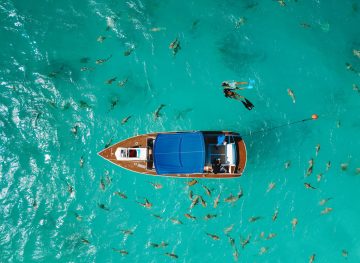
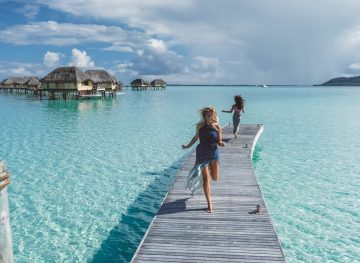
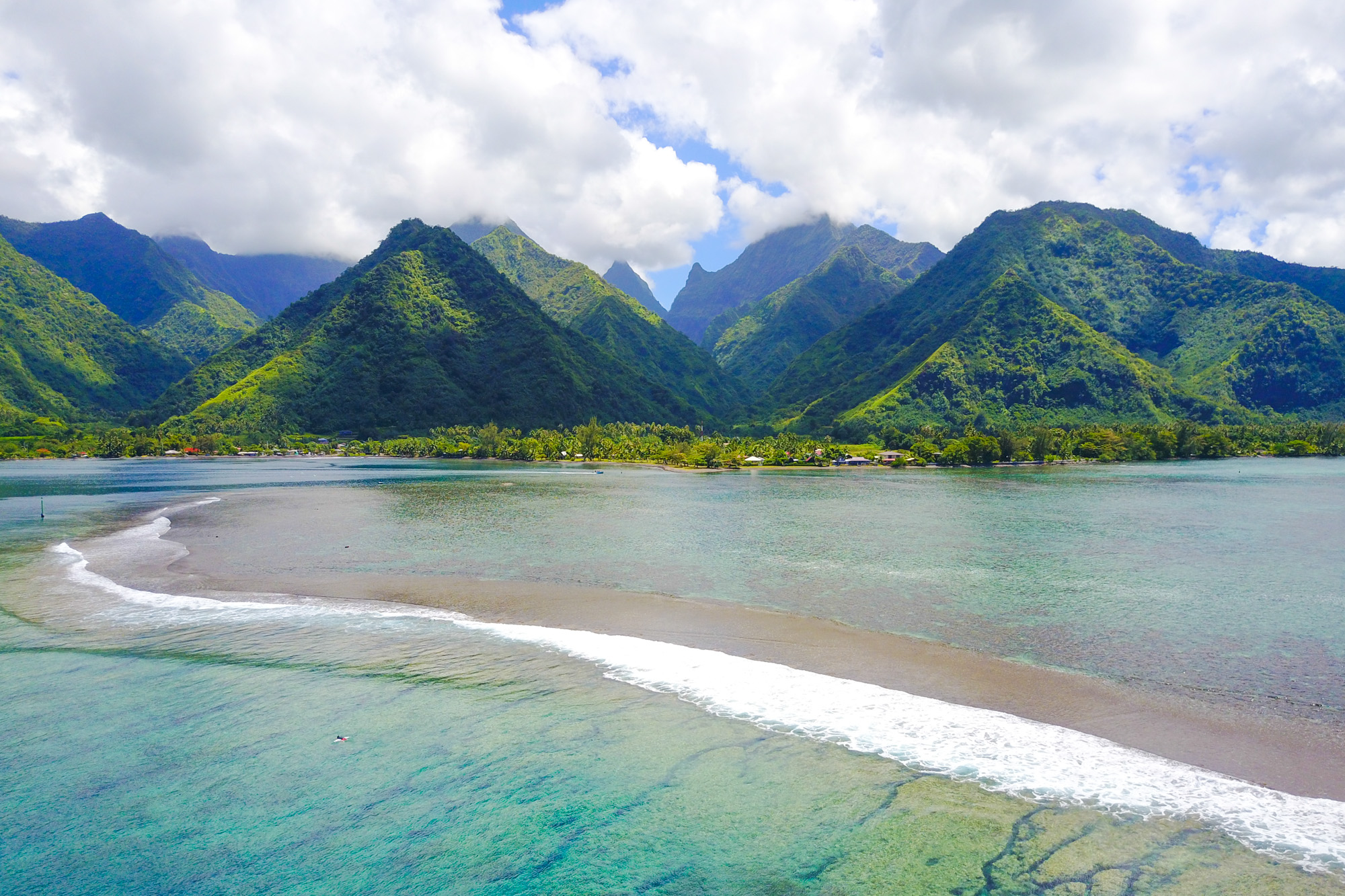
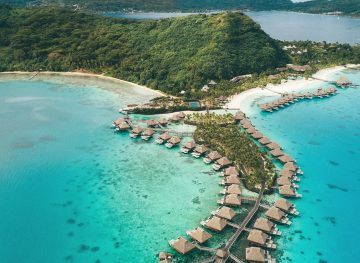
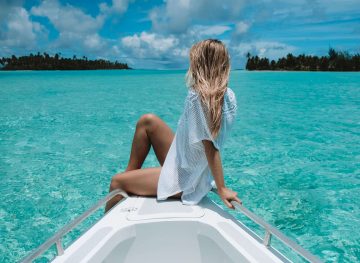





These were some really helpful tips thank you. We were looking at going around September one year but weren’t sure if it was good then but this has really helped 🙂 Thanks for sharing.
You’re most welcome, Nesha!
I would love to know more about the waterfall photo under the information on Moorea. What is the name? How do you get there? Where is it?
Hi Courtney! Oh goodness, it’s been YEARS since I’ve been to that waterfall and I couldn’t tell you the name. I think it might have been in Papenoo Valley of Tahiti.